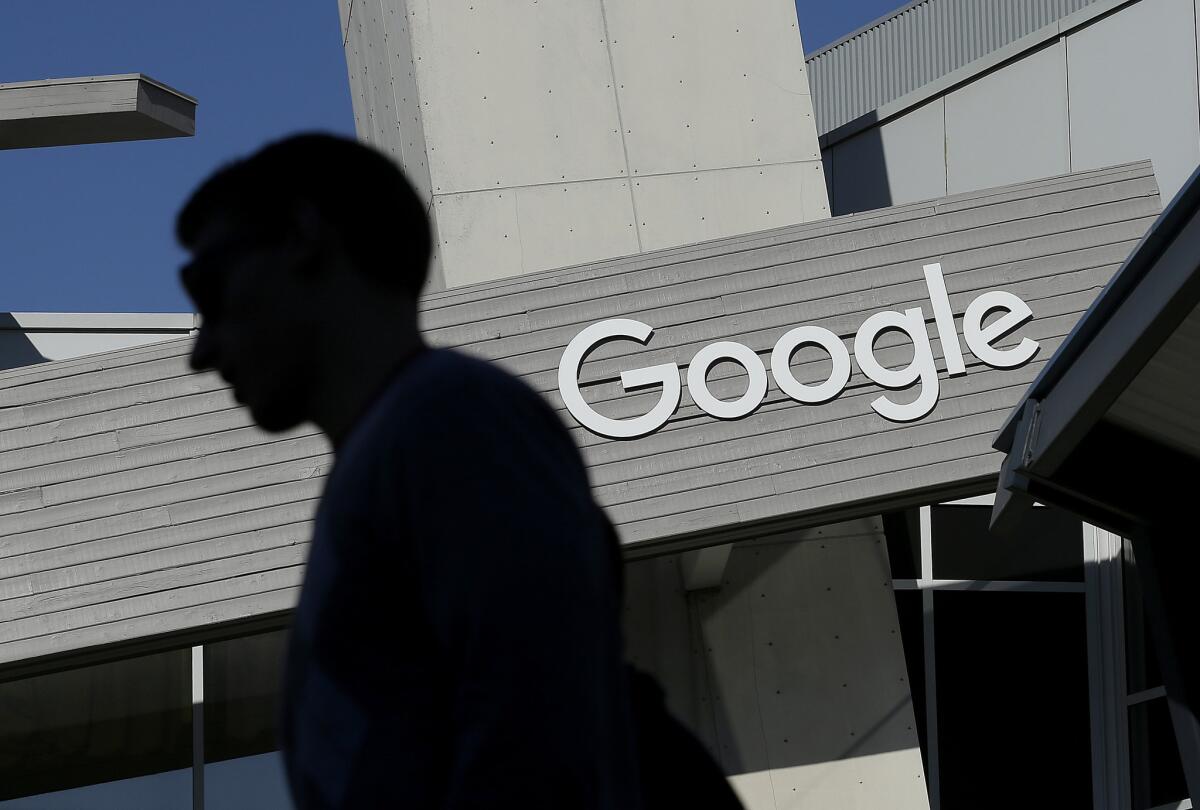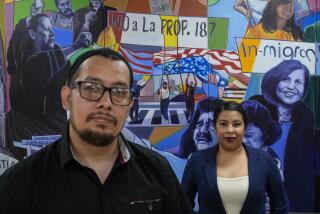More than 200,000 in the U.S. on H-1B visas could lose legal status by June

Manasi Vasavada has less than three weeks left before she loses her legal right to be in the country.
The dental practice in Passaic County, New Jersey, where Vasavada, 31, has worked for almost two years closed its doors in mid-March because of COVID-19. She has been on an unpaid leave of absence ever since.
Vasavada is in the country on an H-1B visa, a temporary visa program designed for people with specialized skills. H-1B recipients can remain in the country legally only for 60 days without being paid. Her husband, Nandan Buch, also a dentist, is in the country on an H-1B visa that expires in June. They have been watching the days tick by with growing fear.
There may soon come a point when the couple can’t stay and can’t go: India, their home country, has closed its borders indefinitely. They also have a combined $520,000 in student loans from the advanced dental degrees they completed at U.S. universities, which would be nearly impossible to pay back on the salaries they would earn in India.
The stress has caused Buch, also 31, to start losing his hair. Neither of them is sleeping well. “Everything is really confusing and dark right now,” Vasavada said. “We don’t know where we will end up.”
As with many foreign doctors on the front lines of the pandemic in America, Vakkalanka’s H-1B visa is tied to his employment, and he fears he could lose his status and get deported if he remains sick.
As many as 250,000 guest workers seeking a green card in the U.S. — about 200,000 of them on H-1B visas — could lose their legal status by the end of June, said Jeremy Neufeld, an immigration policy analyst with the Washington, D.C., think tank Niskanen Center. Thousands more who are not seeking resident status may also be forced to return home, he said.
About three-quarters of H-1B visas go to people working in the technology industry, though the exact levels vary year by year.
Tens of millions of Americans have lost their jobs in the last two months, but workers on visas are vulnerable in ways native-born workers aren’t. H-1B visas, for instance, are tied to a specific location and employer that commits to paying the recipient a minimum salary. Furloughing recipients, reducing their wages and in some cases allowing them to work from home violates visa requirements. H-1B workers who are terminated have 60-days to find another job, transfer to a different visa or leave the country. Even if they don’t lose their jobs, workers can find themselves in a dilemma if they can’t get their visas renewed during this period of disruption.
The visa crisis is causing “a catastrophe at a human level and an economic level,” said Doug Rand, who worked on technology and immigration policy in the Obama administration before co-founding Boundless Immigration Inc., a company that helps people navigate the immigration system.
H-1B workers often have families who also rely on their jobs for authorization to stay in the country, including children who may have spent their entire lives in the U.S. “It’s just a mess,” Rand said.
In a letter sent to the State and Homeland Security departments April 17, TechNet — a lobbying group whose members include Apple, Amazon, Facebook, Google and Microsoft — joined a coalition of trade groups calling for relief for foreign-born workers. The letter requested a delay in work authorization expiration dates until at least Sept. 10.
“Without action, these issues will lead to hundreds of thousands of unfilled jobs and have profound negative economic effects,” the letter read.
The tech industry is crucial to supporting offices working remotely, helping doctors provide telehealth services and keeping students learning at home, said Alex Burgos, senior vice president of federal policy and government relations at TechNet.
“We’ve seen the administration extend tax filing deadlines,” he said, and similar flexibility in visa programs makes sense “because no one here is at fault in any way.”
The Trump administration has not responded to the letter. A U.S. Citizenship and Immigration Services spokesperson declined to say whether the agency would extend visa deadlines but said it may provide special support for people affected by circumstances beyond their control when requested.
The administration has taken a consistently hard-line stance on immigration and foreign-born workers. The number of non-immigrant visas issued in 2019 declined for the fourth consecutive year, to 8.7 million from 10.9 million in 2015, according to the State Department. Last month, the department closed embassies and consulate operations with little guidance to those who risk falling into illegal status.
In-person services at U.S. Citizenship and Immigration Services, a unit of the Department of Homeland Security, have been suspended since March 18 and won’t resume until June 4 at the earliest, a 78-day gap in service.
On April 20, President Trump tweeted that he planned a temporary ban on all immigration to protect American jobs; the following day he announced an executive order blocking most people coming from outside the U.S. from receiving green cards for 60 days. This raised the threat of further disruptions for companies that employ many foreign-born workers.
On the day the president announced his executive order, Luis von Ahn, co-founder and chief executive of the language-learning start-up Duolingo Inc., posted a message on Twitter saying a green card ban would force the company to move jobs abroad. Von Ahn is an immigrant from Guatemala, and one-fifth of Duolingo’s 250-person staff are on H-1Bs or other visas.
The company plans to boost staff by 50% to keep up with a surge in usage that corresponds with the pandemic. “We have definitely felt the practical impact of processing delays,” Duolingo spokesman Sam Dalsimer said. “There’s also a psychological impact on employees whose futures and abilities to remain here are even more uncertain than ever.”
In one case, Duolingo has been trying to hire an engineer who was recently let go from another tech company. The worker is in the U.S. on an O-1 visa, which is designated for individuals with extraordinary ability. Now with added pandemic delays, Duolingo estimates he’ll have to wait six to nine months for his visa and work authorization. In the meantime, he can’t work for the company or leave the U.S.
The companies facing the hardest decisions, though, are those reducing staff in response to the pandemic. Some are choosing to furlough U.S.-born workers and fire foreign employees whose visas require them to be paid. Others are choosing to keep H-1B workers on staff to maintain their legal status, while firing U.S. workers.
There’s risk in either approach because employers who treat workers differently based on their immigration status expose themselves to potential discrimination lawsuits, according to immigration and employment lawyer Rebecca Bernhard, partner at Dorsey & Whitney.
For some workers, a stable future in the U.S. suddenly seems distant.
Shawn Noronha, a 23-year-old Australian living in San Francisco, was let go from his job at a fintech start-up in January. He found a new position with an enterprise software start-up willing to sponsor his visa. But before he could get to an Australian consulate to update his paperwork the coronavirus pandemic hit.
Noronha changed his status from a working visa to a tourist visa, which gives him until the end of June to stay in the U.S. He is spending his free time baking, taking walks and learning Python, a programming language. But without a regular paycheck he’s eating into his savings.
The recent tweets from President Trump about tightening restrictions on immigration have him questioning his choice to migrate to the U.S.
“It’s made me think, have I made the right choice?” Noronha said. “Should I just go back home and maybe chase the American dream later on in life?”
More to Read
Inside the business of entertainment
The Wide Shot brings you news, analysis and insights on everything from streaming wars to production — and what it all means for the future.
You may occasionally receive promotional content from the Los Angeles Times.










